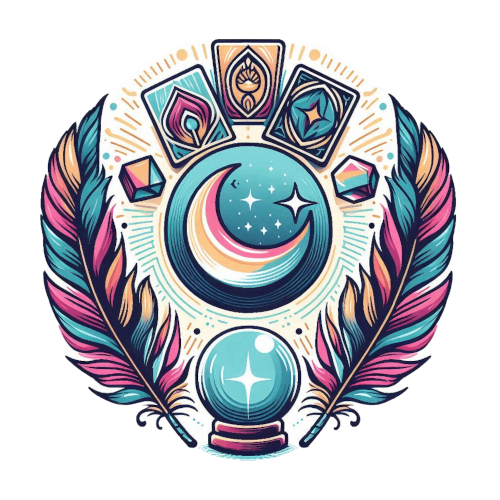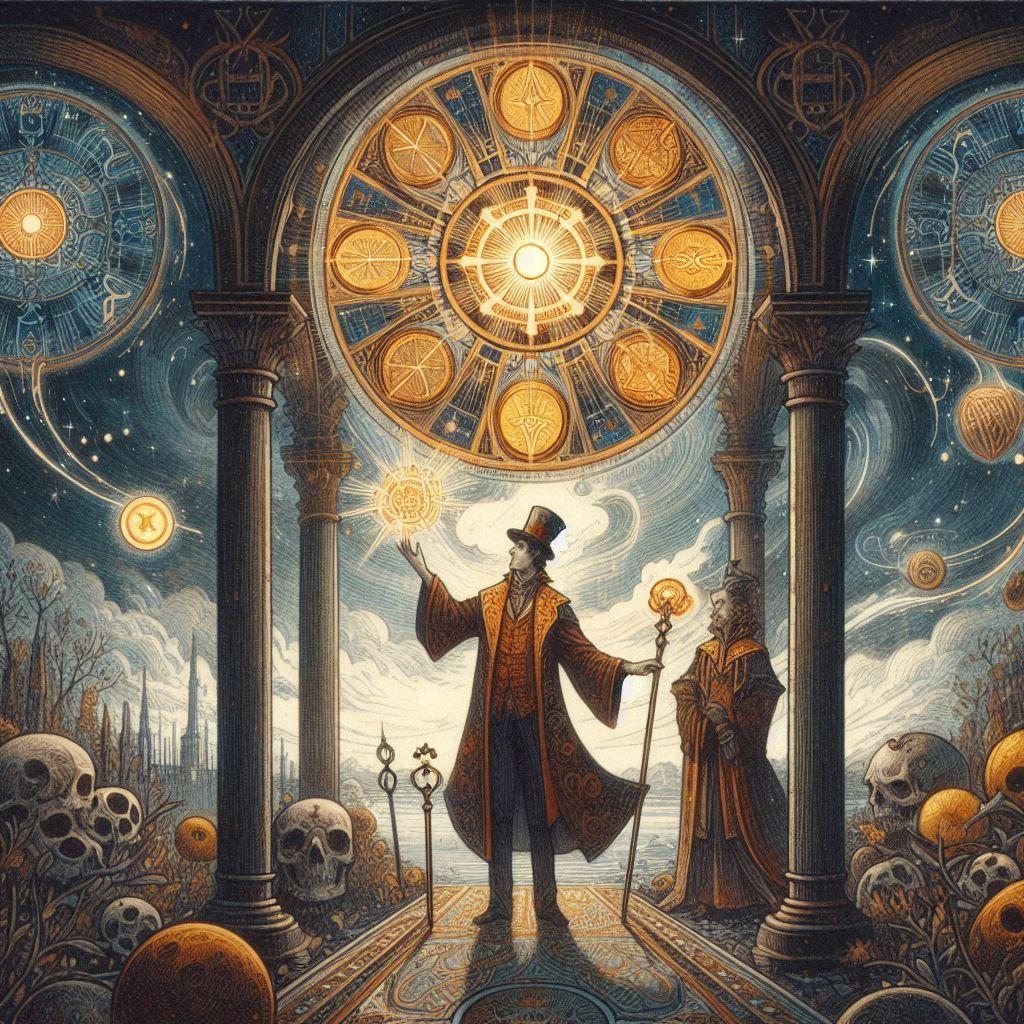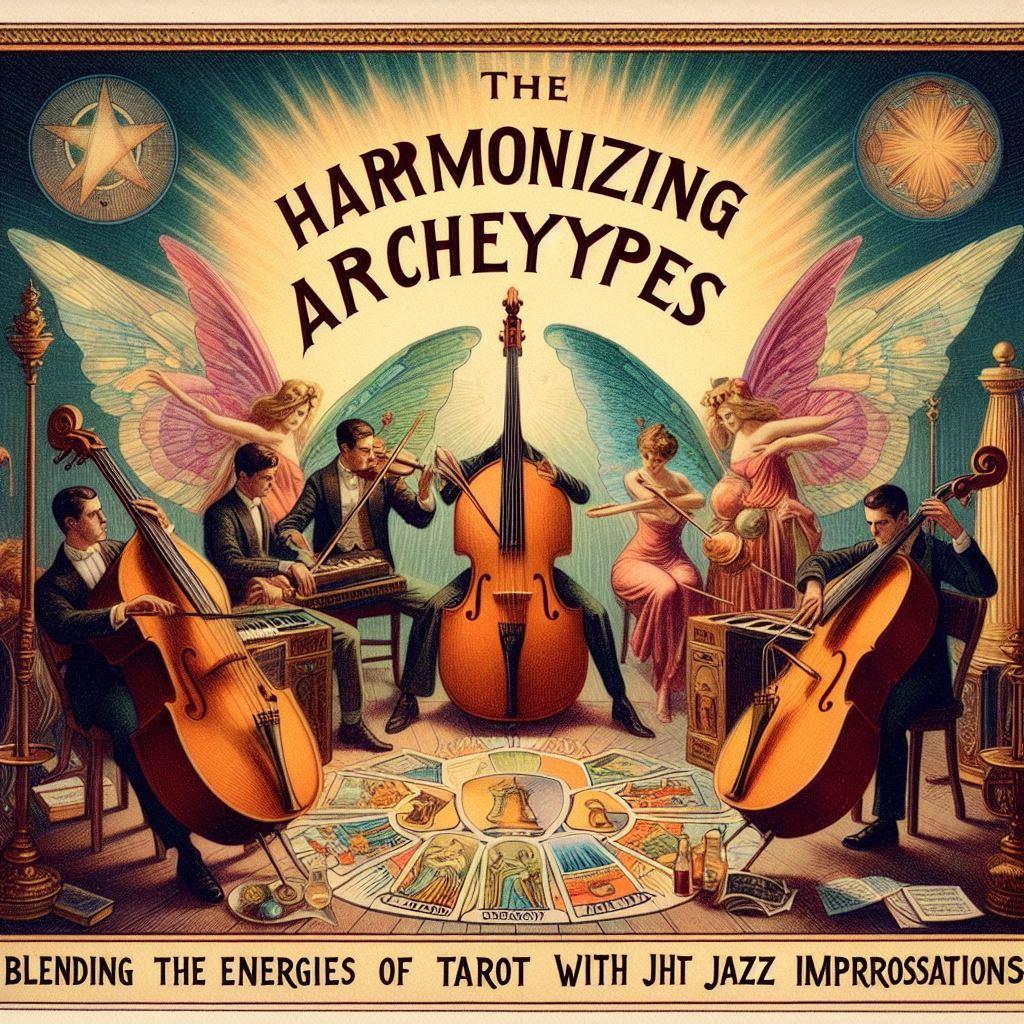
At first glance, Tarot and jazz seem like entirely different realms, but a closer look reveals surprising parallels between them. Both arts are rooted in symbolism, interpretation, and improvisation, opening new dimensions for understanding their interconnection.
Improvisation lies at the heart of jazz. Musicians take a central theme and develop it, bringing their unique interpretations. This process requires a deep understanding of music and trust in one’s intuition. Similarly, each Tarot card spread can be seen as an improvisation, where the same card can have different meanings depending on the context and the reader’s intuition.
Interpretation and intuition play key roles in both jazz and Tarot. A jazz musician, performing an improvisation, interprets the melody, adding their individuality and sense of the moment. Similarly, a Tarot reader uses intuition to interpret the cards in the context of a specific situation, creating a unique narrative for each spread. This connection between the two arts opens new horizons for their understanding and perception.
Reflecting on how jazz can inspire the interpretation of Tarot cards, we delve into the depths of improvisation and creative expression. Legendary jazz masters like Miles Davis, John Coltrane, and Charlie Parker show us how to transform and reimagine the original material, revealing new horizons of meaning and emotion.
Just as Davis masterfully transformed melodies, creating unique soundscapes, an experienced Tarot reader can see multiple meanings in a single card, uncovering its profound potential. Coltrane, immersed in spiritual quests, improvised to reflect complex emotions and existential questions—similarly, Tarot cards can reveal our inner truths.
The virtuosity and creative freedom of Parker, who turned simple melodies into complex musical canvases, remind us of how Tarot cards can uncover multiple layers of meanings and interpretations. The improvisation of jazz geniuses inspires us to read Tarot symbols more deeply, thoughtfully, and creatively.
Now let’s try to connect a jazz composition with one of the major arcana cards.
Miles Davis – “So What”
Card: The Fool Description: This composition truly symbolizes the beginning of a journey, freedom, and openness to new possibilities. Like The Fool, Miles Davis in “So What” demonstrates ease and spontaneity, creating new sonic horizons. The melody invites the listener to step forward with trust in life and open doors to new musical adventures. There is a deep connection between the image of The Fool and the spirit of this music, their shared readiness for the unknown, new discoveries, and experiments, sometimes against all odds and common sense.
John Coltrane – “A Love Supreme”
Card: The Magician Description: The Magician embodies deep mastery and the ability to manifest ideas into reality. In his masterpiece “A Love Supreme,” Coltrane uses his mastery to create a truly spiritual and transcendent work. Just as the magician uses his tools and knowledge to create magic and change our perception of reality, Coltrane uses his saxophone and music to convey a spiritual message. It makes us think about how true masters of their craft, whether in magic or music, can turn their ideas into something deeply meaningful and inspiring.
Charlie Parker – “Ornithology”
Card: The Sun Description: The Sun, as a symbol of joy, success, and light, truly finds its reflection in the composition “Ornithology.” This bright, energetic melody evokes a sense of celebration and vitality. Just as the sun provides clarity and warmth, this music exudes the same qualities through its joyful and virtuosic passages. It invites the listener to immerse themselves in an atmosphere of tranquility and fill with positive energy.
Bill Evans – “Peace Piece”
Card: The Star Description: The Star, symbolizing hope, inspiration, and tranquility, finds its reflection in the meditative and profound composition “Peace Piece” by Bill Evans. This music immerses the listener in a state of inner peace and evokes a sense of hope for the future. Like a star illuminating the path at night, Evans’ melody inspires and comforts, pointing the way to inner light and serenity.
Jazz offers us a new perspective on Tarot, allowing us to perceive it not as a canonical system but as a living art of improvisation. Each spread becomes a unique moment born at that specific time. The cards appear not just as tools for divination but as dynamic symbols capable of adapting and changing their meaning depending on the context and our inner state.
Like jazz, Tarot is the art of the moment, where improvisation and intuition lead us to new revelations. Each spread, like a jazz improvisation, is unique and carries the potential for deep understanding and transformation. We immerse ourselves in the flow of intuitive awareness, allowing the symbols to resonate with our inner world and reveal new facets of reality.


